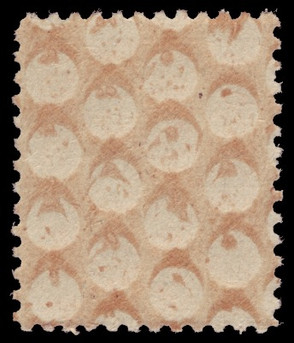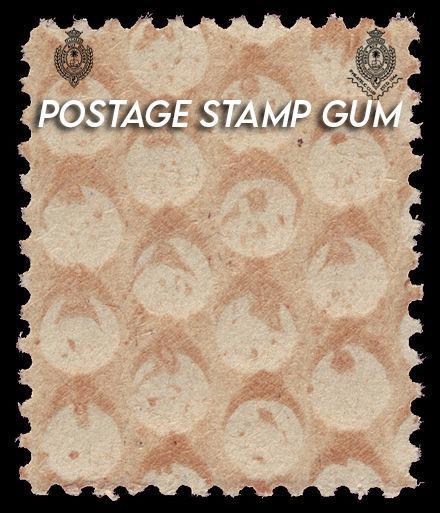Postage Stamp Gum
Updated: Aug 13
Philately is one of the world’s most popular hobbies. As such, many people enthusiastically deal with stamps. But though we concern ourselves much with the pictures on the front of the stamp, rarely do we stop to think about the back. If, for one moment, one stops to turn the stamp and look at its underside, they would discover the postage stamp gum, which considerably eases the use of stamps by providing a convenient way to stick it to the envelope.

The term gum refers to the adhesive at the back of the stamp which is used to stick the stamp to a letter. When Roland Hill wrote the description of his prepaid postage adhesive, the postage stamp, he prescribed that it would be “covered at the back with a glutinous wash”. But, most of the world’s first stamps did not have adhesives.
Despite the lesser attention paid to it, the postage stamp gum plays an important role, not only in the usage of stamps, but also in stamp collecting, since it alters the value of stamps. The term “mint”, which denotes the highest valued stamps, is used to refer to never-hinged stamps with full gum. A premium price is required to buy these stamps, and the deceptive practice of re gumming has emerged because of this high value.
Though gum is important to stamp collectors, it can also harm the stamp. This type of damage is called tropicalization. It occurs when inferior gum is used in the manufacture of stamps, and the stamps are later subjected to less-than-ideal conditions, such as high heat and humidity.
In the late 1960s, Tonga, Sierra Leone and a few other countries introduced self-adhesive
stamps. These stamps are peeled from backing paper and affixed without moistening the
adhesive. Over time, gum has evolved in many curious ways, an example being the glue on
Israeli postage stamps, which is certified kosher. Another interesting fact is that every time you lick a stamp, you’re consuming 1/10 of a calorie. In 2001, the Royal Mail launched the selfadhesive, zero-calorie stamp
And so, gum is actually a very interesting part of the stamp, although for collector’s, its original purpose has been off-shadowed as they pursue fresh stamps.
Chaturna Kasturiratna



 Prefects
Prefects